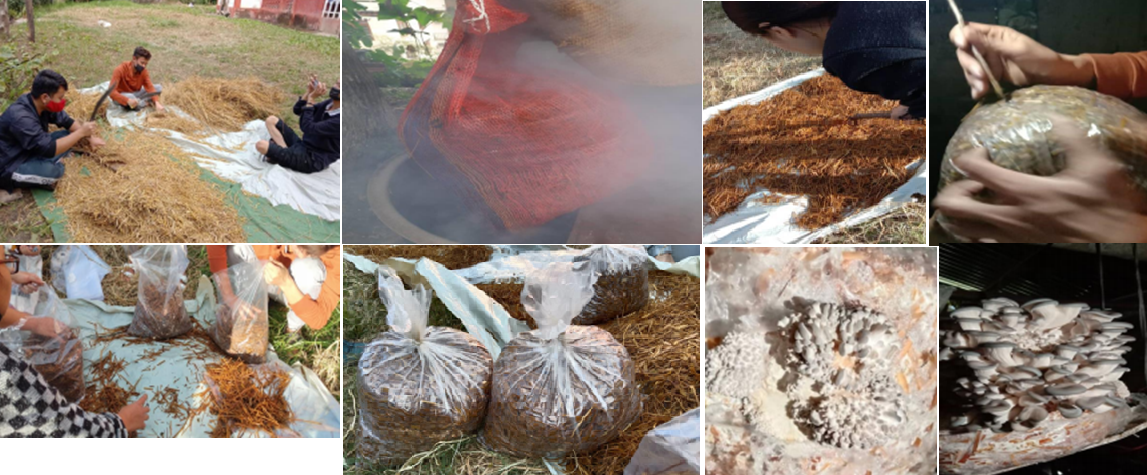
Introduction to Ecophysiology of wetland plants
Abstract
The study of plant ecophysiology has helped us understand plant evolution, plant productivity, efficient nutrient use and with help of fields such as ecology and environmental plant physiology, our understanding of how plants have been sensing and managing the environmental stresses around them has heightened[A1] . Modern plant ecophysiology revives and integrates present knowledge on the environmental impacts on plants physiological functions and adaptation through the analysis of genetic and bio-molecular response of plants[A2] . The knowledge on impacts of physiological functions of the plant and its response to various biotic and abiotic stress is the principle of ecophysiology.
Plants are highly expected to step up their ability to adapt, owing to drastic changes in the global climate which poses adverse environmental challenges to both wild and domesticated plants. Among them plants, those communities of plants which are well adapted to high altitudes are generally seen as successful and advanced plants. [A3] They have to make adjustments to extreme conditions and confront one of the highest abiotic stresses[A4] . One such example of plant community is that of high-altitude wetland plants. [A5] Wetland conditions alone pose great challenges to plants and living conditions become even more challenging with increasing altitude. Such plant communities haven’t been intensively studied for their highly specialized physiological functions.
The recent advances in the techniques of eco-physiological studies of plants have provided a better understanding of plants responses to both abiotic and biotic stresses, further new advancement in techniques and approaches is critical to understand the high-altitude wetland plants response to their ever so challenging environment. [A6]
Get new content delivered directly to your inbox.

